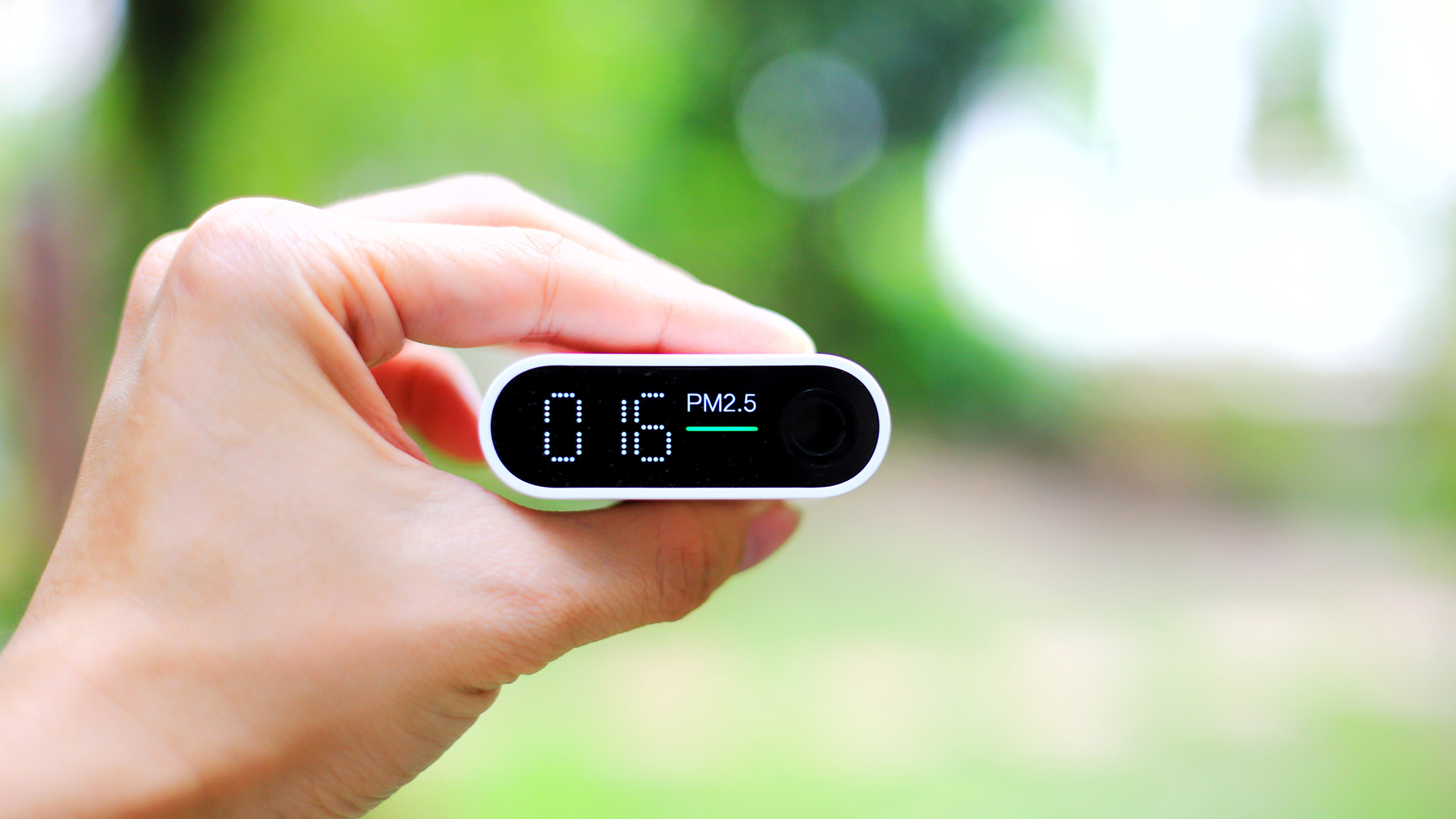The widespread adoption of cloud-based technology has sparked significant innovation in air quality monitoring, fundamentally transforming how we perceive and address air pollution challenges.
By harnessing the advanced capabilities of cloud computing, air quality monitoring systems have transcended their previous limitations, evolving into dynamic networks capable of providing real-time data from diverse locations to a centralised platform.
This transition marks a paradigm shift in our approach to air quality management, with implications spanning environmental science, public health, and urban planning.
In the following discussion, we will delve into the technical intricacies of these systems, their implementation, and the profound implications they hold for the monitoring and management of air quality.
Evolution of air quality monitoring systems
The evolution of air quality monitoring systems has been propelled by cloud-based technology, offering a groundbreaking solution to overcome the constraints of traditional monitoring methods.
This evolution signifies a holistic approach to data analysis and sensor integration. Modern systems can now efficiently handle vast datasets from myriad sensors dispersed across multiple locations, showcasing the scalability of the network.
Cloud-based air quality monitoring systems provide real-time monitoring capabilities, significantly improving over traditional methods that often yield delayed results.

This real-time functionality enables swift responses to fluctuations in air quality, thereby mitigating potential health risks and environmental harm.
Furthermore, integrating diverse sensors enables a comprehensive analysis of various air quality parameters, empowering stakeholders to devise pollution reduction and environmental preservation strategies.
This integration monitors environmental impact and facilitates active management, underscoring the transformative potential of cloud-based technology in promoting cleaner air.
Role of sensor technology
The integration of sensor technology is pivotal in enhancing the effectiveness and precision of air quality monitoring systems.
Sensor accuracy is paramount as it directly influences the reliability of collected data for air quality analysis, thereby shaping environmental impact assessments.
In addition to accuracy, sensors must exhibit robustness regarding maintenance requirements, ensuring consistent data collection and transmission.
The reliability of data transmission is especially crucial in cloud-based systems, where real-time analysis is imperative.
Moreover, energy optimisation of sensor technologies is essential in an era marked by growing energy awareness. By minimising energy consumption, sensors can be deployed more extensively without significantly increasing the overall energy footprint.
System components and design
Developing a cloud-based air quality monitoring system necessitates meticulous attention to designing and implementing various components, each fulfilling a distinct role in data collection, transmission, and analysis.
Key components include sensor integration, power management, and weather protection measures. Effective sensor integration facilitates comprehensive data collection, while robust power management ensures consistent system operation.

Weather protection measures safeguard system components against adverse conditions, bolstering overall reliability.
Additionally, mechanical design and scalability are vital aspects that underpin system adaptability and expansion capabilities, rendering it a robust solution for large-scale air quality monitoring initiatives.
The significance of firmware
Understanding the significance of firmware in a cloud-based air quality monitoring system requires a comprehensive grasp of its role in regulating and coordinating diverse system functionalities.
Firmware, embedded in the system hardware, governs operations such as sensor calibration, ensuring the accuracy and reliability of collected data.
Firmware optimisation is crucial for enhancing system performance and efficiency, facilitating the handling of large data volumes, and enabling robust data analysis.
Regular firmware updates are imperative to address any bugs or vulnerabilities that may compromise system performance, thereby supporting maintenance strategies aimed at preventing system failures.
Data processing techniques
The system’s efficient operation hinges on advanced data processing techniques that meticulously manage the vast data volumes derived from air quality sensors.
These techniques encompass sensor calibration, data visualisation, real-time analysis, and cloud integration.
Sensor calibration is essential for data accuracy and reliability, with machine learning algorithms aiding the calibration process by adjusting readings based on predefined parameters and environmental factors.
Data visualisation plays a crucial role in rendering complex data comprehensible, facilitating the detection of trends and patterns through visually appealing formats such as graphs and charts.
Real-time analysis enables immediate response to changes in air quality, enhancing system proactivity.
Cloud integration enhances system capabilities by enabling secure storage, easy data retrieval, remote access, and scalability to accommodate increasing data volumes.
Quality assurance in air quality monitoring
Ensuring the accuracy and reliability of air quality data is paramount, necessitating rigorous quality assurance processes in monitoring.
These processes encompass advanced calibration techniques, consistent sensor maintenance, and adherence to strict monitoring standards.

Calibration techniques standardise measurements obtained from air quality sensors to ensure data accuracy, with sensor maintenance ensuring consistent performance and system reliability.
Adherence to monitoring standards guarantees data reliability by providing a framework for system functionality and data accuracy.
Future of cloud-based air quality monitoring
Given the promising outcomes of recent field studies and the escalating global focus on environmental health, the future of air quality monitoring is poised to be significantly shaped by advancements in cloud-based technology.
Cloud analytics will play a pivotal role in processing massive data volumes from sensors, providing real-time insights crucial for immediate response and long-term environmental planning.
Remote monitoring will facilitate efficient observation of air quality across vast areas, even in remote and inaccessible locations, reducing the need for physical presence and enabling timely interventions.
Scalability solutions offered by cloud-based technologies promise greater flexibility, allowing systems to be expanded with minimal infrastructure investment and making them a cost-effective solution for extensive monitoring initiatives.
Moving forward, the evolution of these systems promises to revolutionise environmental science, public health, and urban planning.
By delving into the technical intricacies and profound implications of cloud-based air quality monitoring, we embark on a journey towards cleaner air and a healthier planet for generations to come.









